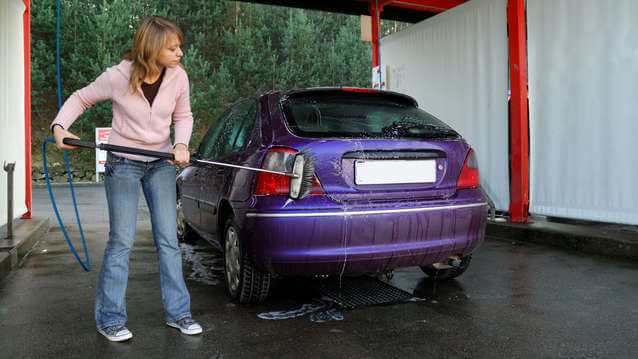Car wash: how to do it right
TIPS Snow, ice, salt and dirt determine vehicle care in the winter months. It is not the number of car washes that is decisive, but the way in which the car is treated. So what applies now? Wash as often as possible because of the aggressive road salt? Markus Peter, Head of Technology & Environment at the Swiss Automobile Industry Association (AGVS): "Neither. [...]

So what should we do now? Wash as often as possible because of the aggressive road salt? Markus Peter, Head of Technology & Environment at the Swiss Automobile Industry Association (AGVS): "Neither. Wash your car when you think it's necessary again." The dirt that a car picks up on salt-wet roads is only a problem when the paintwork is already damaged with scratches or flaking. Markus Peter continues: "A flawless paint surface can easily withstand the salt on our roads. Thanks to cavity sealing, underbody protection and galvanized sheet metal, this also applies to the underbody.
Snow and dirt residue must be removed first
Before entering the car wash, make sure that all residues of ice and snow as well as coarse dirt particles are removed. Otherwise, the brushes will drag the dirt particles over your vehicle like sandpaper and scratch the paintwork. We therefore recommend pre-cleaning with a high-pressure cleaner before entering the car wash, especially in the cold season.

Pane cracks due to thermal shock
And there is something else to bear in mind: At temperatures below minus ten degrees Celsius, washing should be avoided. The thermal shock when the 10 to 30 degree Celsius water hits ice-cold vehicle parts can lead to damage, for example in the form of cracks on the windshield - and last but not least to clammy fingers when operating the high-pressure lance.









